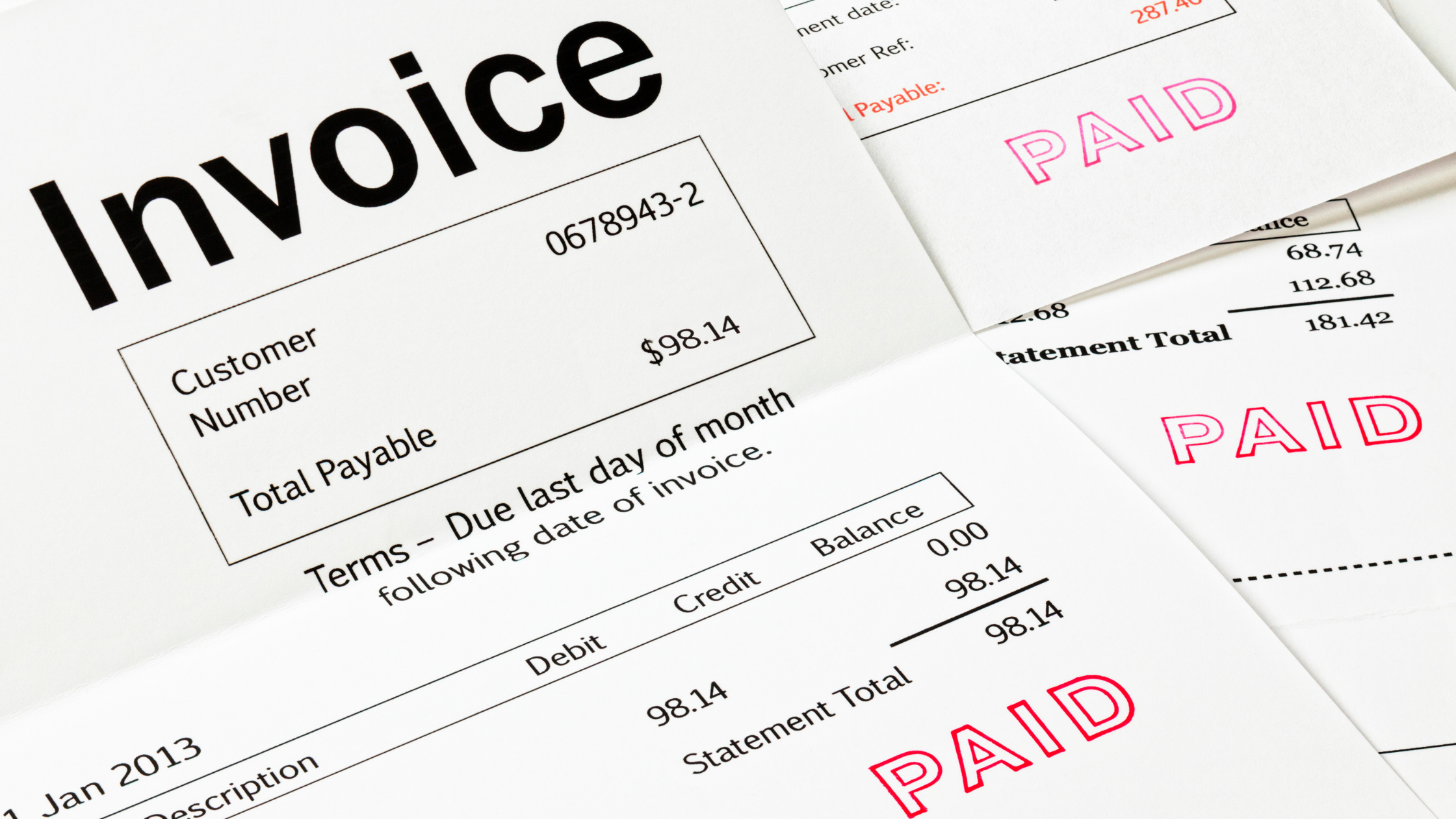Earlier this month I attended a trade seminar in Westchester, where I met small-business owners in the construction-related trade. One issue that kept coming up was the effort required of entrepreneurs to collect payment from late-paying clients. One attendee’s comments spoke volumes. “I get really frustrated when another owner puts off paying me, month after month, complaining that business is tight, he just doesn’t have the cash. Meanwhile, I know he’s been to Florida twice, and he drives a nicer car than I do. I need this guy’s business, but I can’t stand his attitude towards not paying my bills. What do you suggest?”
Slow payment is common, and it’s bad for everyone. Let’s take a look at both symptoms and solutions. I’ll suggest things you can do to turn around poor payers, and suggest what to do to be sure you are paying invoices on time.
The following statements are listed on the Better Payment Practice Campaign website:
- According to the Federation of Small Businesses: One in four business failures is a direct result of interruptions to cash flow
- Per the Better Payment Practice Group: 90% of owners say they would pay suppliers on time, if their customers paid them
- From the DTI Small Business Survey: 40% of small business owners would prefer to stop doing business with slow payers
Playing a shell game with cash flow is risky. Chances are someone is going to demand payment exactly when you don’t have the money. Trouble paying bills is an early-warning sign of trouble in the business. Don’t let it get worse.
I know a lot of firms, particularly in the building trades, that get tight this time of year. Now is when they finish collecting for last year’s work, settle all their outstanding bills, and try to gear back up for the upcoming year. Business and personal taxes are due. Lower invoices in the fourth quarter, tied to the Thanksgiving to Christmas lull, show up 60 days later, as lower invoices turn into lower deposits. If this happens to you, you have to start putting money away now, for next year’s slow period.
If you can pay your bills on time, your credit score goes up and stays up. Your interest rates go down. Your borrowing costs are lower. You have more negotiating power with vendors who recognize the value of on-time payment. All the money you would have spent on higher interest rates and cash flow management drops straight to the bottom line, as profit – your profit. That’s competitive advantage.
What can you to do collect? Take a look at your company’s written credit policy.
- Make it clear when your firm charges interest and penalties
- Have on hand samples of credit and collections letters – from gentle to severe – and instructions on when to use them
- Get a good collection agency
- Make everyone – from sales, customer service, operations, credit and collections – aware of the policy
- Have someone, besides the owner, enforcing policy – with authority to act, even if the offender is the owner’s best friend
Be clear about what you expect, what you will not tolerate, and what you are prepared to do about it. Make a list of your poor payers. Look up their history. Is this a one-time event, or a recurring pattern?
What do you do specifically with the guy traveling to Florida and driving a nicer car than yours? Develop a speech. Go owner-to-owner and explain why his poor-payment record
is no longer acceptable to you. Explain how things must change. Be persistent and noisy – the squeaky wheel usually gets grease. Be willing to take action. One client of ours recently walked off the job because of repeated non-payment. The client was in their office the next morning with a big check, begging them to come back to work. Don’t forget to go out and sell around your poor clients. Find good ones to replace them.
Treat poor payment as a symptom, and find the source. Go through the following list of questions. Are you making enough money, or are you running into break-even problems? Do you set aside a small amount from each customer payment, to go into a rainy-day reserve account? Do you have 1-3 months, minimum, of cash flow set aside? Do you have a budget and a forecast, do you stick within it, and do you work to keep expenses and income within targets? Are you doing everything you can to monitor and control accounts payable? Is your forecast of accounts receivable on target, and does that give you enough money? What are you holding in inventory, and what can you do to reduce it? Are you sending out invoices the day you ship products or deliver services? Are your terms clear, and short? Do you conduct credit checks on companies you extend credit to?
Each year, many firms are the victims of theft, fraud, or other unforeseen losses. What they typically lose are cash-flow and net profit. One company I know got caught up in a credit-card scheme. The “prospect” bought a lot of goods on stolen, corporate credit cards which looked perfectly legitimate at the time of the transaction. The “prospect” received the goods and disappeared. The credit card charge was returned as denied, even though it had been approved initially, and the seller was left holding the bag! The company’s profit for the year went from positive to negative – with the owner having to make up the difference. In retrospect, the owner said the deal, ‘looked too good to be true.’ Don’t let this happen to you.

